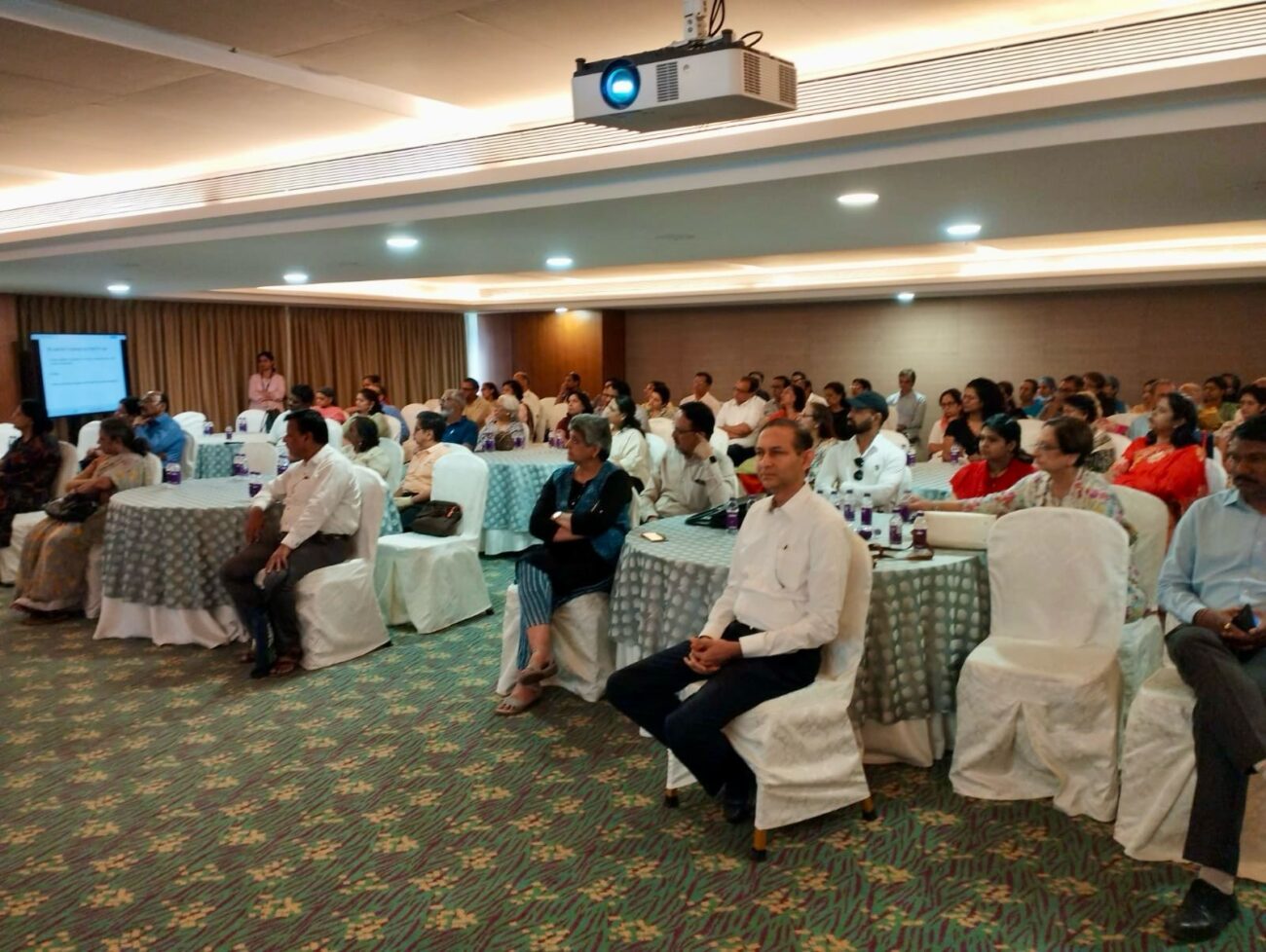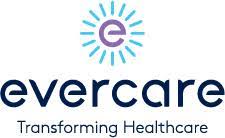Sudden Cardiac Arrest- Dr. Abhijeet M Dashetwar
IntroductionMedical science has progressed significantly over the last four decades, especially in the field of cardiology. However, death due to cardiac disease has not regressed proportionately, although the morbidity has reduced to great extent with
Introduction
Medical science has progressed significantly over the last four decades, especially in the field of cardiology. However, death due to cardiac disease has not regressed proportionately, although the morbidity has reduced to great extent with current advances in medical and device therapy.
Definition
Sudden cardiac Arrest (SCA) is a consequence of abrupt loss of heart function and unconsciousness in a person, who may or may not have previously diagnosed heart disease, and time and mode of loss of heart function are unexpected, and it occurs instantly or shortly after or usually within one hour after the onset of symptoms.
Sudden Cardiac Death (SCD) is mainly end result of untreated Sudden Cardiac Arrest (SCA), where attempts of resuscitation if any were unsuccessful in reviving the subject leading to death. Rapid ventricular tachycardia or ventricular fibrillation, or of extreme slowing of the heart are usual causes of SCA. While previous heart disease is a recognized risk factor for SCA, an individual may have no history or symptoms of heart disease prior to the onset of SCA.
Moreover the following four aspects have to be present to confirm the diagnosis of SCA.
Natural event: it is a biological event, so that all the violent and accidental causes have to be excluded.
Cardiac: even if, rarely, the primary cause of this event could lie elsewhere than in the heart, the final cause of such an event is always an abrupt cessation of cardiac pump function with consequent abrupt loss of cerebral blood flow.
Rapid: the time elapsed between the onset of symptoms signalling the abnormalities directly responsible for the cardiac arrest and the cardiac arrest itself should be less than 60 min.
Unexpected: the death appears in a person without any prior
condition that would appear fatal in the short time.
Causes and risk factors for SCA
The underlying causes of SCD are varied, and sometimes unknown. Some known causes are:
Coronary Artery Disease (accounts for nearly 75% of SCD),
Myocarditis (Accounts for about 5%) seen in children and young adults,
Wolff–Parkinson–White syndrome (About 0.15%),
Ischemic Cardiomyopathy,
Valvular Heart Disease,
The anomalous origin of the left main coronary artery from the
right or the noncoronary sinus of Valsalva accounts for a small number of cases,
Many electrolyte imbalances, such as hypo- or hyperkalaemia, may also lead to life-threatening ventricular arrhythmia and SCA in an otherwise healthy heart,
Non-ischemic dilated cardiomyopathy,
Hypertrophic cardiomyopathy, is a common cause of SCD in young asymptomatic patients,
Arrhythmogenic right ventricular cardiomyopathy,
Congenital long QT syndrome, is rare syndrome but associated with high risk of SCD,
Brugada syndrome, is rare cardiac disorder responsible for unexpected, fatal arrhythmic events, mainly in middle-age men,
Short QT syndrome,
Catecholaminergic Polymorphic Ventricular tachycardia (CPVT).
Commotio cordis (Sudden Blunt trauma to the chest)
The risk factors generally accepted as being associated with heart disease include family history of heart disease, increased age, being male, hypertension, increased blood cholesterol, cigarette smoking, and diabetes. The main three risk factors that increase the risk of SCA are history of previous myocardial infarction, depressed left ventricular ejection fraction, and presence of complex ventricular ectopy.
The Mechanism
The most common sequence of events leading to SCA appears to be the degeneration of fast ventricular tachycardia (VT) into ventricular fibrillation (VF), causing disorganized and ineffective contractions of the ventricles, often followed by asystole or pulseless electrical activity. In fact, the first recorded rhythm in patients with a sudden cardiovascular collapse is VF in 75–80% of cases. Bradyarrhythmia and electromechanical dissociation (EMD) contribute as first event to the remaining cases of SCD. The occurrence of severe tachyarrhythmia, bradyarrhythmia or asystole is the end of a cascade (Figure 1) of pathophysiologic abnormalities which result from complex interactions between coronary vascular events, myocardial injury, variations in autonomic tone, and/or the metabolic and electrolyte state.
Management of SCA
Prevention of SCA where possible in modifiable causes/ risk factors should be priority in the management strategy. This involves Primary and Secondary prevention.
Primary prevention of sudden cardiac Arrest (SCA) includes both prevention of cardiac disease and optimal medical therapy once a cardiac disease has been recognized.
The risk factors for atherosclerotic coronary disease are well known, namely,increasing age, male gender, family history of CAD, increased low-density lipoprotein(LDL) cholesterol, hypertension, smoking and diabetes mellitus. Thus, eliminating these risk factors is part of primary prevention of SCA.
Early treatment of Myocardial Infarction to limit the risk of or to prevent Left Ventricular Dysfunction (LVSD) by thrombolytic therapy and/or by Primary Percutaneous Coronary Intervention (PPCI) is a very important step in prevention of SCA.
In patients who are already affected by LVSD the use of Beta-blockers, angiotensin-converting enzyme inhibitors (ACEI), Statins, Mineralocorticoid Receptor Antagonists (MRA), and Anti arrhythmic drugs such as Amiodarone would be helpful in preventing SCA.
In many patients where risk is identified or in those patients who have survived a SCA should be offered an Electrophysiological study (EP) to assess and recognise the arrhythmias. Wherever feasible those patients should be treated by a Radio Frequency Ablation (RFA). In many patients where Arrhythmia is not curable by RFA an Automated Implantable Cardioverter Defibrillator (AICD) should be offered to treat the malignant Arrhythmias to prevent SCA.
Treatment of subject with SCA
The most important mode of treatment is initiation of Chain of Survival), which involves Early recognition, Early CPR (Cardio Pulmonary Resuscitation), and Early defibrillation where appropriate with an AED (Automated External Defibrillator). Of course, post resuscitation care plays even important role in the outcome and survival of the subject.
When a person is seen unconscious, a CPR may be attempted after checking for the response, and sending a call for help. The rescuer must make sure the surroundings are safe and deliver chest compressions until paramedical help arrives. Where facilities are available, such as in a hospital chest compressions and rescue breaths (with a bag/ Mask/ and with a barrier in case of mouth to mouth method) should be given at ratio of 30:2.
Defibrillation: Method
As soon as the defibrillator arrives,
Switch on the defibrillator and attach the electrode pads. If more than one rescuer is present, CPR should be continued while this is carried out.
Follow the spoken/visual directions.
Ensure that nobody touches the victim while the AED is analyzing the rhythm.
If a shock is indicated,
Ensure that nobody touches the victim.
Push shock button as directed (AEDs will deliver the shock automatically).
After the shock, continue to perform CPR 30:2 for 2 min.
Continue as directed by the voice/visual prompts.
If no shock is indicated,
Immediately resume CPR, using a ratio of 30 compressions to two rescue breaths.
Continue as directed by the voice/visual prompts.
Continue to follow the AED prompts until:
Qualified help arrives and takes over.
The victim starts to breathe normally.
You become exhausted.
Standard AEDs are suitable for use in children older than 8 years. For children under 8 years old Use paediatric pads should be used, and AED should be avoided in children under 1 year old.
Delay in defibrillation increases the risk of death by 7-10% every minute from the time of cardiac arrest in a patient with shockable rhythm problem as the cause.
Post Resuscitation Care
A patient who has been successfully resuscitated and a rhythm and circulation established should be transferred to a hospital/ facility with Intensive Care Unit (ICU). His ECG should be monitored and appropriate anti arrhythmic therapy should be initiated. Once the cause or probable cause is established further investigations should be started. If a coronary event is suspected, Coronary Angiography should be performed as soon as feasible. Any occlusive disease should be treated appropriately. If myocarditis is suspected tests such as Echocardiogram and Cardiac Magnetic Resonance Imaging (CMR) should help.
If other unusual causes suspected Electro Physiological (EP) study, Signal Averaged ECG, Provocation tests, Cardiac biopsy and Genetic study might help. Any reversible cause should be treated as needed. In a patient with risk of recurrence of SCA should be offered an Automated Implantable Cardioverter Defibrillator (AICD) is indicated.
All cases of SCA or at risk patients should be treated and followed with a specialist cardiologist.
Conclusion:
Sudden Cardiac Arrest is a serious health problem where majority patients who suffered out hospital arrest end up with Sudden Cardiac Death. It can be recognized early in risk group with a scope to prevent many arrests and deaths. Moreover with the current advances in medical science a patient who had a successful resuscitation can be investigated and treated to prevent the recurrence in most cases.





